America's 11 Most Enchanting College Gardens and Arboretums
In the hustle and bustle of academic life, college gardens and arboretums serve as serene sanctuaries for students, faculty, and visitors alike. These verdant spaces are more than just beautiful backdrops; they are living classrooms where botanical wonders and ecological principles come to life. As we embark on this journey through America's most enchanting college gardens and arboretums, we will explore how these natural havens foster education, conservation, and inspiration. From historic landscapes to cutting-edge sustainability projects, each garden and arboretum tells a unique story of its institution's commitment to intertwining nature with learning. Join us as we delve into these lush retreats that enrich the educational experience and promote environmental stewardship.
The Historic Allure of Harvard University's Arnold Arboretum
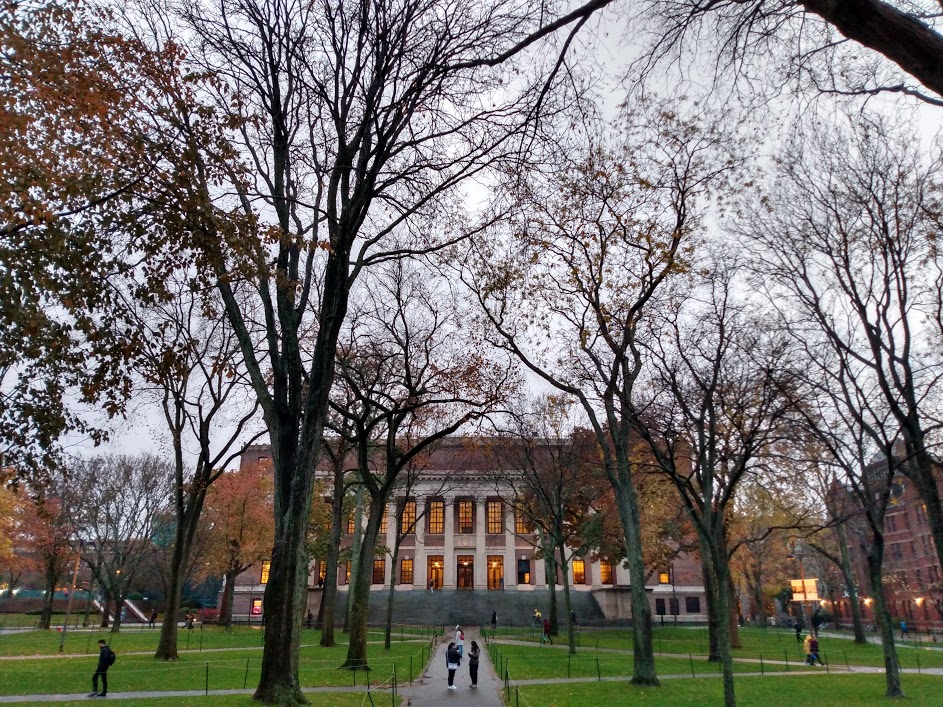
Nestled in the heart of Boston, Harvard University's Arnold Arboretum stands as a testament to the harmonious blend of history and horticulture. Established in 1872, this 281-acre living collection is one of the oldest public arboretums in North America. Designed by the renowned landscape architect Frederick Law Olmsted, the arboretum features a diverse array of trees, shrubs, and vines from around the world. Its meticulously curated collections offer students and researchers unparalleled opportunities to study plant taxonomy, ecology, and conservation. The arboretum's commitment to public education is evident in its numerous workshops, tours, and lectures, making it a vibrant hub for both academic inquiry and community engagement.
Sustainable Innovations at Stanford University's Arizona Garden

Stanford University's Arizona Garden, often referred to as the "Cactus Garden," is a pioneering example of sustainable landscape design. Originally planted in the late 19th century, this unique garden showcases an impressive collection of cacti and succulents, reflecting the arid beauty of the American Southwest. In recent years, the garden has become a focal point for sustainability research, with students and faculty exploring innovative methods of water conservation and climate resilience. The garden's integration of native plant species not only supports local biodiversity but also serves as a living laboratory for studying the impacts of climate change on desert ecosystems. This commitment to sustainability underscores Stanford's dedication to environmental responsibility and education.
Cornell University's Botanic Gardens: A Symphony of Diversity
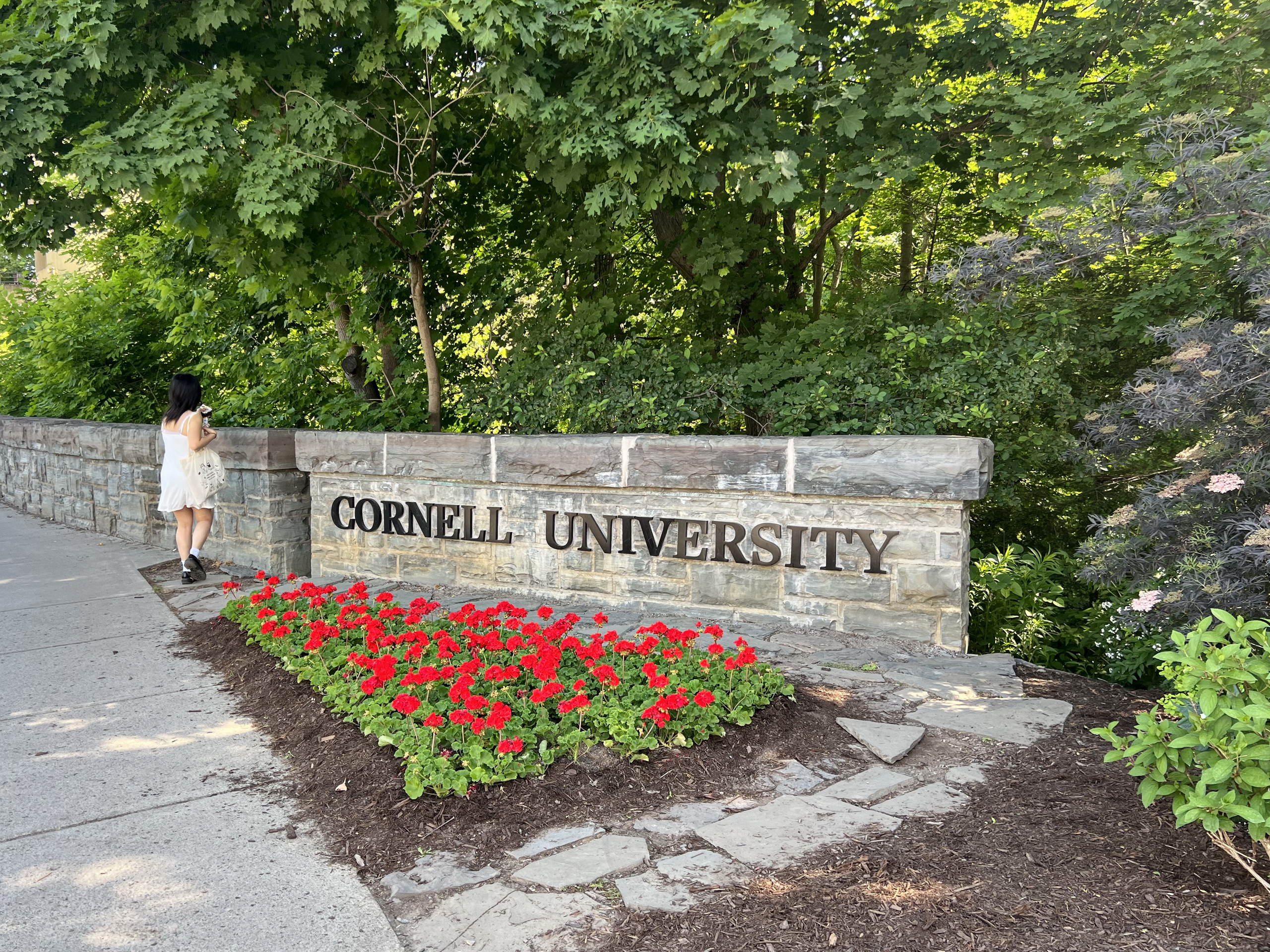
Cornell University's Botanic Gardens offer a symphony of biodiversity, where students and visitors can immerse themselves in a rich tapestry of plant life. Spanning over 4,000 acres, the gardens encompass a wide range of ecosystems, from cultivated landscapes to natural woodlands. This diversity provides a dynamic setting for studying plant biology, ecology, and conservation. The gardens are also home to the Nevin Welcome Center, which serves as an educational hub, offering interactive exhibits and educational programs for all ages. Cornell's commitment to preserving plant diversity is evident in its extensive collections and research initiatives, which aim to protect endangered species and promote sustainable horticultural practices.
The Healing Power of Duke University's Sarah P. Duke Gardens
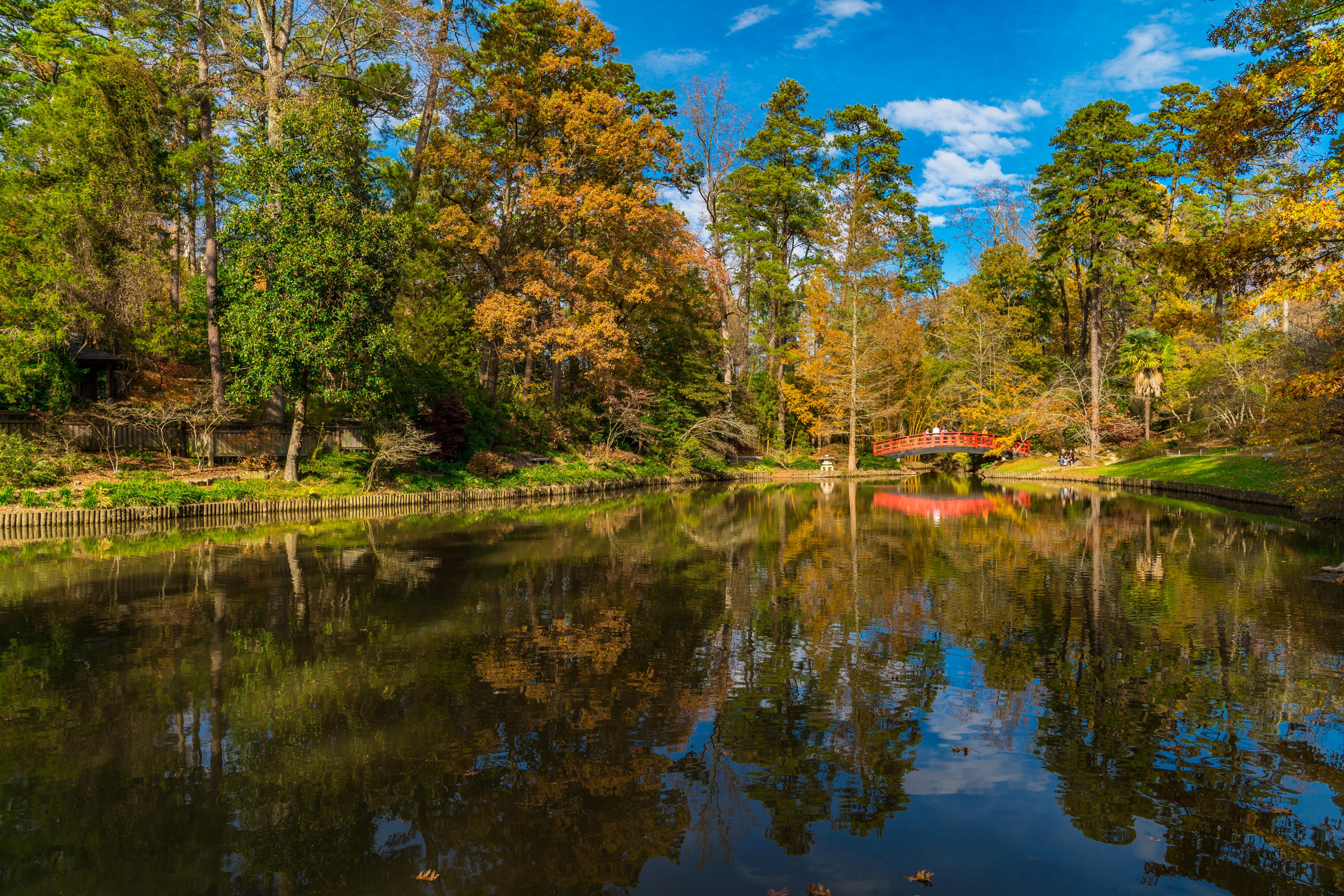
Duke University's Sarah P. Duke Gardens are a testament to the healing power of nature. Spanning 55 acres, these gardens offer a tranquil retreat for reflection and rejuvenation. Designed with both beauty and function in mind, the gardens feature a variety of themed areas, including a Japanese garden, a native plant garden, and a historic terrace garden. Each section provides unique opportunities for education and exploration, highlighting the therapeutic benefits of interacting with nature. The gardens also serve as a venue for wellness programs, art exhibitions, and community events, fostering a sense of connection and well-being among visitors. This holistic approach to garden design underscores Duke's commitment to integrating nature into the educational and cultural fabric of the university.
University of California, Berkeley's Botanical Garden: A Global Expedition
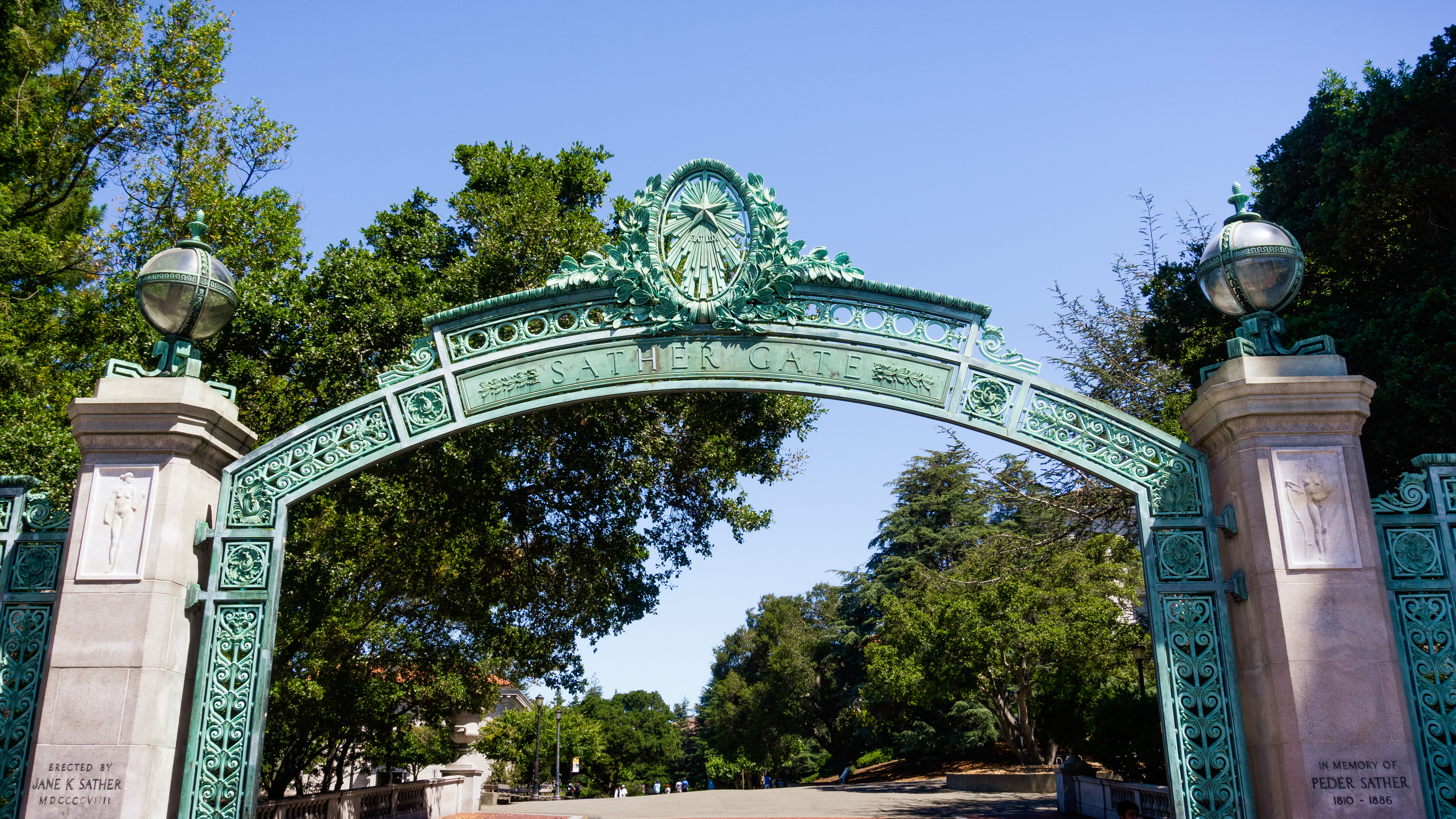
The University of California, Berkeley's Botanical Garden offers a global expedition through its diverse plant collections. Established in 1890, the garden spans 34 acres and features over 10,000 species from around the world, organized by geographic region. This layout allows students and visitors to explore the flora of different continents, gaining insights into the ecological and cultural significance of each species. The garden's commitment to conservation is reflected in its efforts to preserve rare and endangered plants, as well as its participation in international research collaborations. By fostering a deeper understanding of global biodiversity, Berkeley's Botanical Garden inspires a sense of stewardship and appreciation for the natural world.
Yale University's Marsh Botanical Garden: A Hub for Research and Education
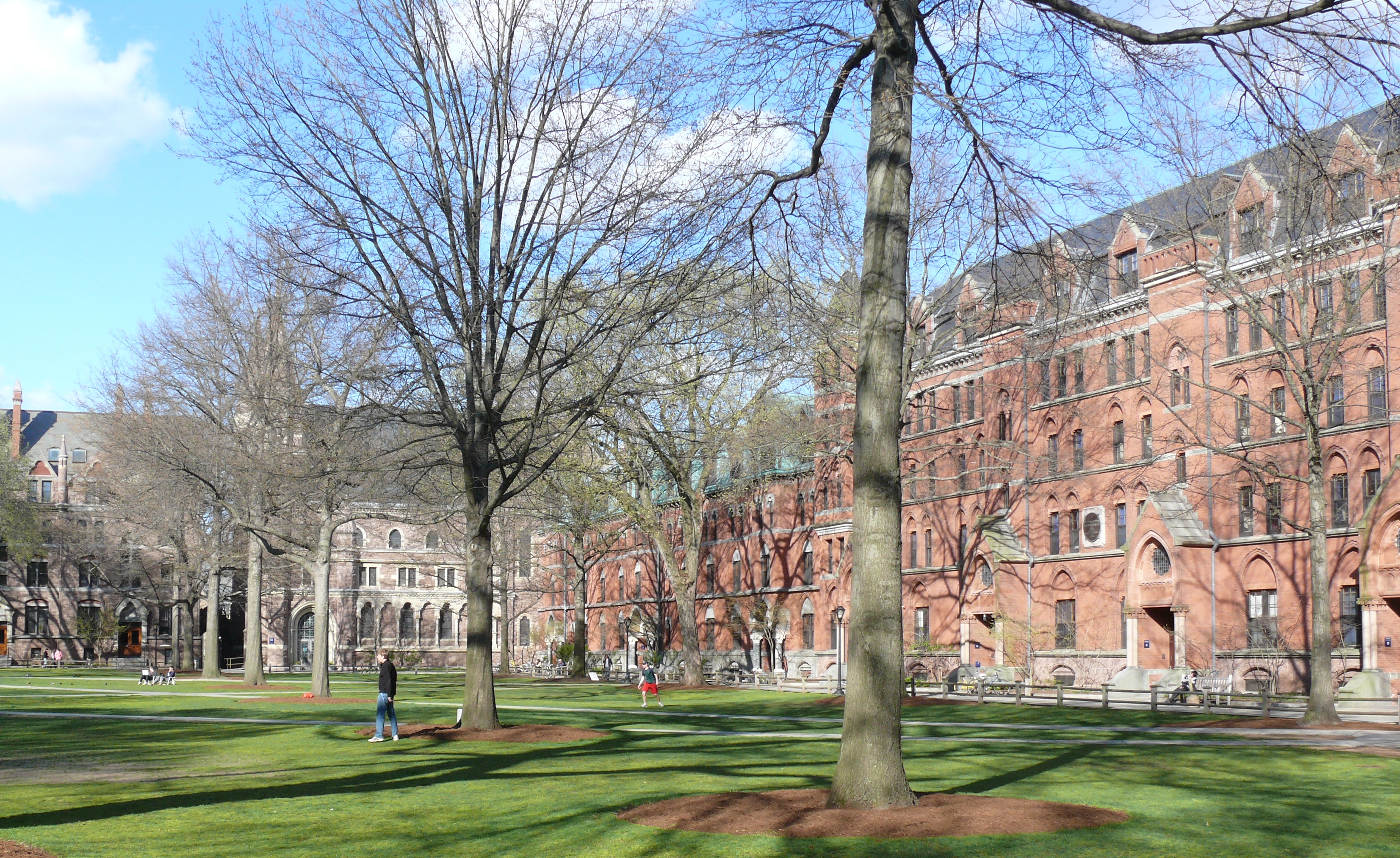
Yale University's Marsh Botanical Garden serves as a dynamic hub for research and education, bridging the gap between science and the natural world. Located on the university's Science Hill, the garden provides a living laboratory for studying plant biology, ecology, and genetics. Its diverse collections include tropical, subtropical, and temperate plants, offering a wide range of research opportunities for students and faculty. The garden also plays a vital role in community outreach, hosting workshops, lectures, and educational programs for local schools and organizations. By fostering a collaborative environment for research and learning, the Marsh Botanical Garden exemplifies Yale's commitment to advancing scientific knowledge and promoting environmental awareness.
University of Georgia's State Botanical Garden: A Conservation Leader
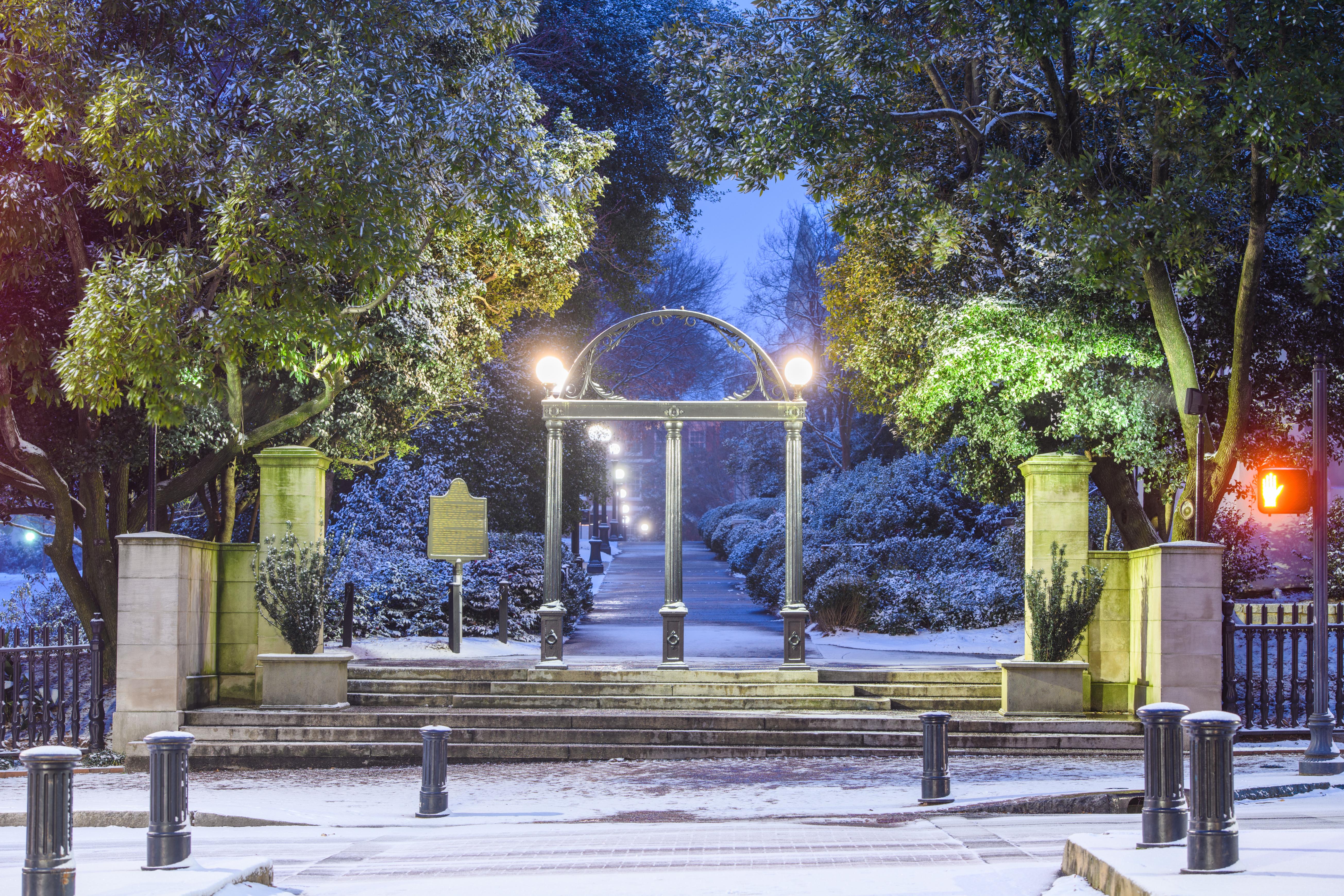
The State Botanical Garden of Georgia, affiliated with the University of Georgia, is a leader in conservation and environmental education. Spanning 313 acres, the garden features a variety of themed areas, including a native plant garden, a heritage garden, and a tropical conservatory. These diverse landscapes provide a rich context for studying plant ecology, conservation, and sustainable gardening practices. The garden's conservation initiatives focus on preserving Georgia's native plant species and habitats, as well as promoting biodiversity through research and education. By engaging the public in conservation efforts, the State Botanical Garden of Georgia inspires a sense of responsibility and stewardship for the natural world.
University of Washington's Arboretum: A Living Classroom for Urban Ecology
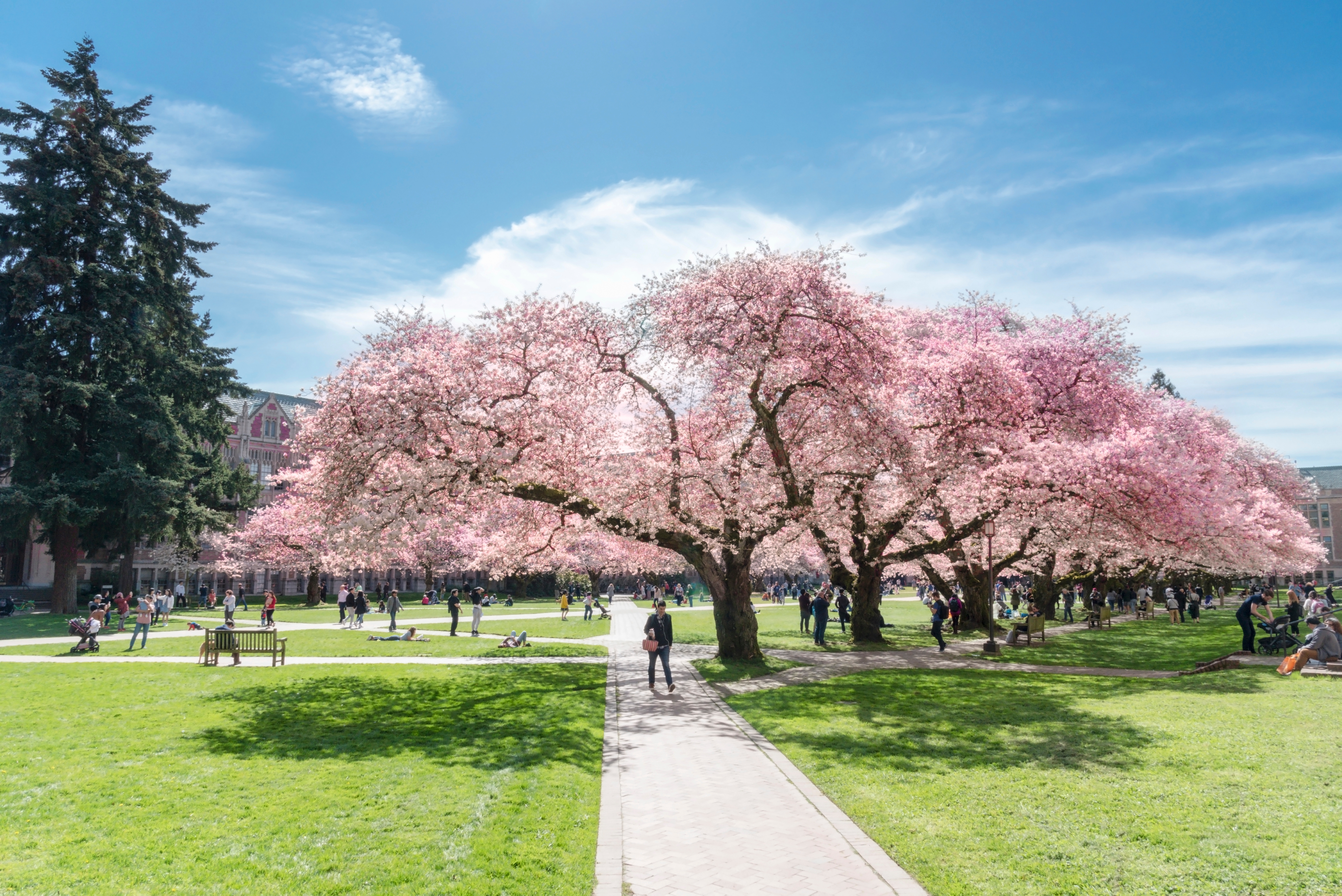
The University of Washington's Arboretum is a living classroom for urban ecology, providing a unique setting for studying the interactions between plants, wildlife, and urban environments. Spanning 230 acres, the arboretum features a diverse collection of trees and shrubs, including many rare and endangered species. Its strategic location within the city of Seattle offers valuable insights into the challenges and opportunities of urban conservation. The arboretum's educational programs emphasize the importance of sustainable urban planning and habitat restoration, encouraging students and visitors to engage with the natural world in meaningful ways. By promoting a deeper understanding of urban ecology, the University of Washington's Arboretum fosters a sense of connection and responsibility to the environment.
University of Michigan's Matthaei Botanical Gardens: A Beacon of Sustainability
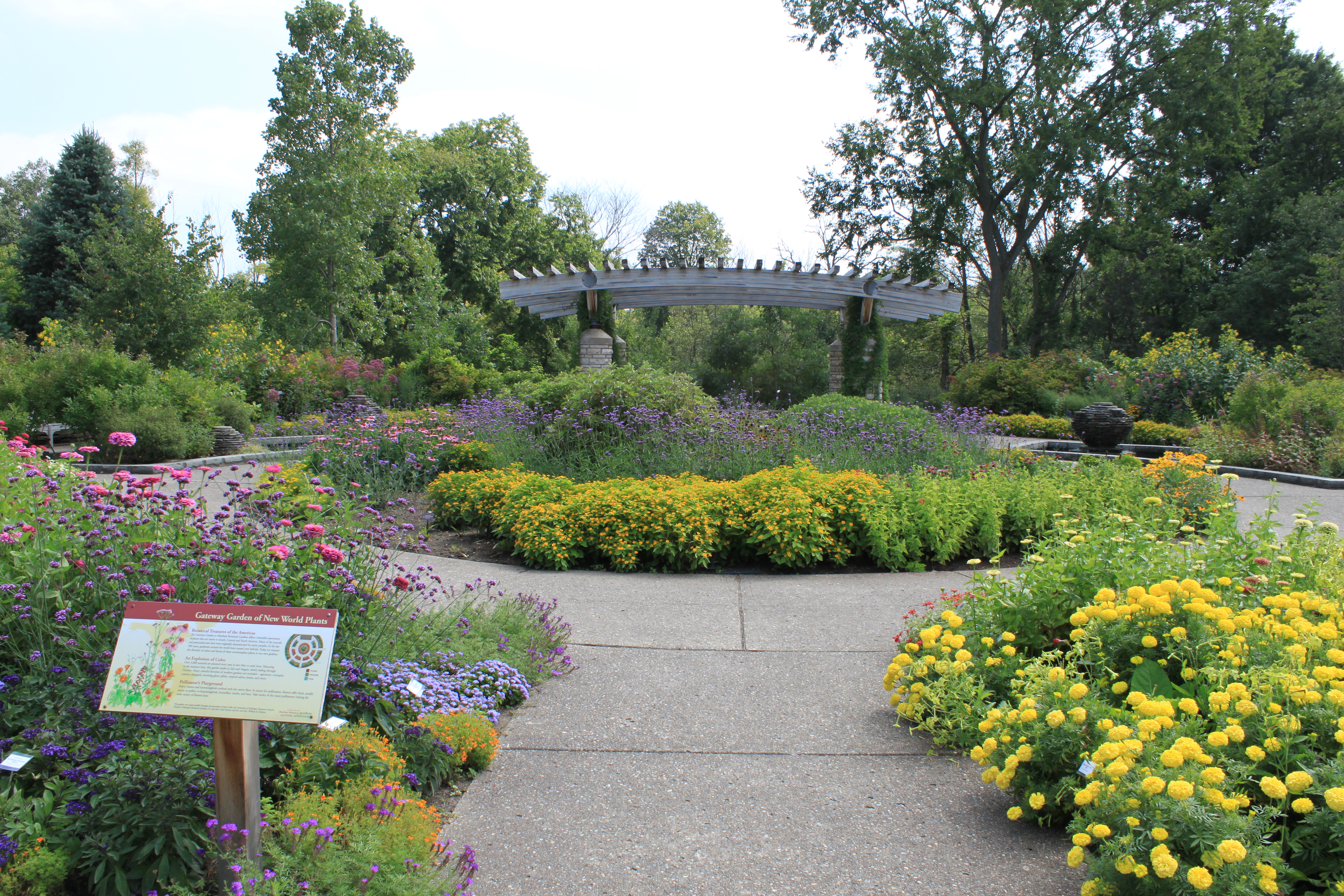
The Matthaei Botanical Gardens, part of the University of Michigan, serves as a beacon of sustainability and environmental education. Covering 300 acres, the gardens feature a range of ecosystems, from formal gardens to natural areas, providing a diverse setting for studying plant science and ecology. The gardens' commitment to sustainability is evident in their innovative practices, such as rainwater harvesting, organic gardening, and renewable energy initiatives. These efforts not only reduce the gardens' environmental impact but also serve as a model for sustainable practices in the community. By integrating sustainability into its educational programs, the Matthaei Botanical Gardens inspire students and visitors to adopt environmentally responsible behaviors and contribute to a more sustainable future.
University of Florida's Wilmot Botanical Gardens: A Therapeutic Oasis

The Wilmot Botanical Gardens at the University of Florida offer a therapeutic oasis for healing and wellness. Located within the university's Health Science Center, the gardens provide a tranquil setting for patients, staff, and visitors to experience the restorative benefits of nature. The gardens' design incorporates a variety of sensory elements, such as fragrant plants, colorful flowers, and soothing water features, creating an environment that promotes relaxation and stress reduction. The gardens also serve as a venue for horticultural therapy programs, which use gardening activities to improve mental and physical well-being. By highlighting the therapeutic potential of nature, the Wilmot Botanical Gardens underscore the importance of integrating green spaces into healthcare settings.
Cultivating a Greener Future

As we conclude our exploration of America's most enchanting college gardens and arboretums, we are reminded of the vital role these green spaces play in education, conservation, and community engagement. Each garden and arboretum offers a unique blend of beauty, diversity, and innovation, serving as a living testament to the power of nature to inspire and educate. By fostering a deeper understanding of the natural world, these living classrooms cultivate a sense of stewardship and responsibility for the environment. As we look to the future, the continued integration of nature into academic and community life will be essential for promoting sustainability and ensuring a greener, healthier planet for generations to come.








